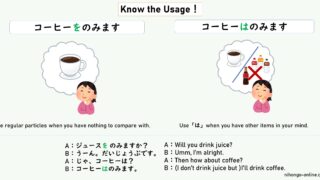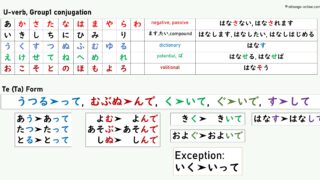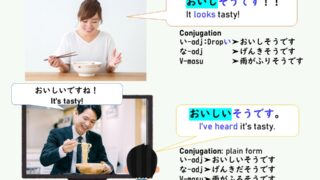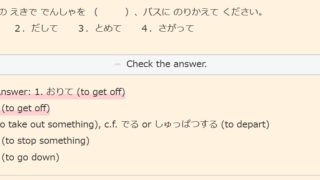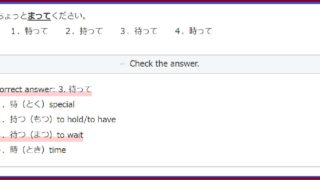 JLPT
JLPT Japanese particle NI(に)- How to Use 助詞「に」の使い方
Particle NI is one of the most difficult particle to use since it has many functions. Let's clear up the doubt and be a conficent user of the particle! 助詞の「に」は 意味がたくさんあって、むずかしいですね。「に」の意味をはっきり覚えて、自信をもって使えるようになりましょう!
